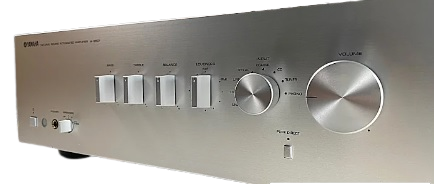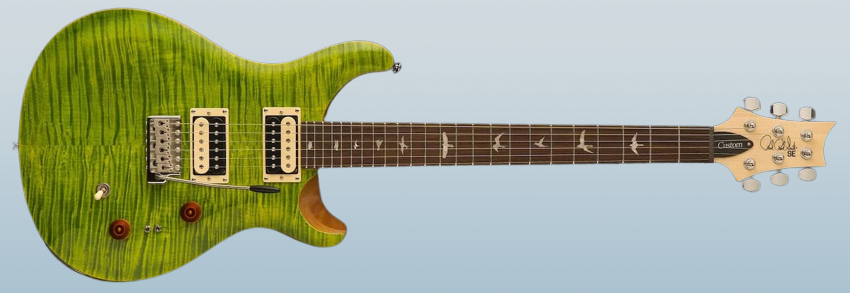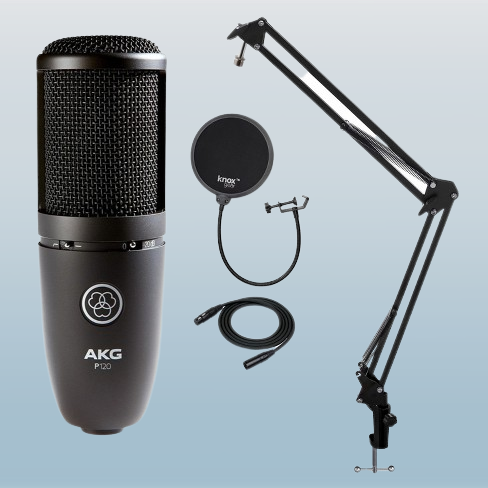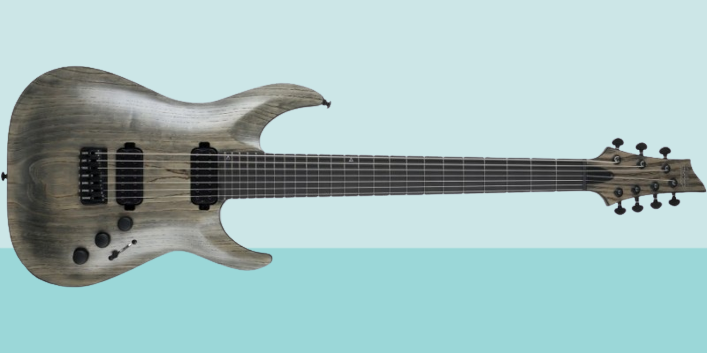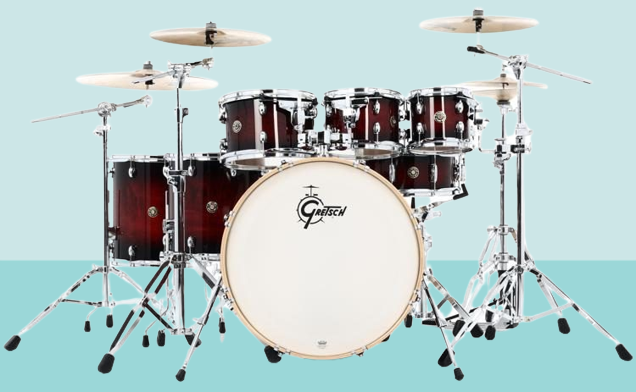For audiophiles and music enthusiasts, finding the perfect audio amplifier is essential for a captivating listening experience. Yamaha, a renowned name in the audio industry, has consistently delivered exceptional sound quality with its amplifiers. In this comprehensive review, we’ll dive into the Yamaha A-S501 Integrated Amplifier, exploring its features, performance, design, connectivity options, and overall value proposition. Let’s discover why the A-S501 stands out as a powerful and versatile addition to any audio setup.
Aesthetics and Build Quality

The Yamaha A-S501 boasts an elegant and minimalistic design that aligns with Yamaha’s commitment to aesthetics and functionality. The amplifier’s sturdy construction, including a reinforced chassis and anti-resonance feet, helps minimize vibrations, resulting in cleaner and more precise sound reproduction. The brushed aluminum front panel adds a touch of sophistication, making it a visually appealing addition to any audio setup.
Power and Performance
At the heart of the Yamaha A-S501 lies a robust power output capable of delivering 85 watts per channel (8 ohms, 20Hz-20kHz, 0.019% THD). This ample power allows the A-S501 to drive a wide range of speakers, from bookshelf models to floor-standing speakers, with ease. The amplifier’s ToP-ART (Total Purity Audio Reproduction Technology) design further enhances signal purity and fidelity, ensuring a clear and dynamic audio performance.
ToP-ART Technology
The ToP-ART design philosophy focuses on maximizing signal purity by minimizing the impact of unwanted noise and distortion. Yamaha achieves this by carefully selecting high-quality components and employing symmetrical circuit layout techniques. The result is an amplifier that faithfully reproduces audio signals, preserving the integrity of the original music.
High-Quality DAC and Pure Direct Mode
The Yamaha A-S501 features a high-performance DAC (Digital-to-Analog Converter), allowing users to connect digital audio sources such as CD players, media players, or computers directly to the amplifier. The DAC ensures precise and accurate digital-to-analog conversion, maintaining the sonic integrity of the audio signal. Additionally, the Pure Direct mode bypasses unnecessary circuitry and switches, enabling a more direct and unadulterated signal path for critical listening sessions.
Multiple Inputs and Outputs
The A-S501 comes equipped with a comprehensive set of inputs and outputs, providing flexibility for connecting various audio sources and devices. It features four analog RCA inputs, allowing users to connect a CD player, turntable (with a phono preamp), and other analog sources simultaneously. Additionally, there’s a dedicated MM (Moving Magnet) phono input for vinyl enthusiasts, ensuring an accurate and engaging vinyl playback experience. Furthermore, two sets of speaker outputs accommodate bi-wiring configurations or enable connections to two separate speaker pairs.
Subwoofer Output and Rec Out
For users seeking to augment their audio setup with deep bass, the Yamaha A-S501 provides a dedicated subwoofer output. This feature allows seamless integration of a powered subwoofer, enriching the overall listening experience with enhanced low-frequency reproduction. Moreover, the Rec Out functionality allows users to record audio from the amplifier’s inputs, offering added convenience for archiving favorite vinyl records or other analog sources.
Continuously Variable Loudness Control
The A-S501 incorporates a continuously variable loudness control, allowing users to optimize sound balance at lower listening volumes. The loudness control adjusts the tonal balance, compensating for the human ear’s reduced sensitivity to bass and treble frequencies at lower volume levels. This ensures that users can enjoy full-bodied and immersive sound even at lower volume settings.
Speaker A/B Selector
With its Speaker A/B selector, the Yamaha A-S501 offers the option to power two sets of speakers independently. This feature is particularly useful for multi-room setups or when users want to switch between different sets of speakers without constant reconfiguration.
Remote Control and System Connectivity
The amplifier comes with a user-friendly remote control, enabling easy adjustment of volume, source selection, and other settings from a distance. Moreover, the A-S501 offers system connectivity with other Yamaha audio components, allowing seamless integration and synchronized operation within a Yamaha-based audio setup.
Value for Money
The Yamaha A-S501 strikes an excellent balance between performance, features, and affordability. With its impressive sound quality, robust power output, and versatile connectivity options, the A-S501 offers remarkable value for both audiophiles and casual music lovers alike.
Pros of the Yamaha A-S501:
- Audiophile-Grade Sound Quality: The A-S501 delivers clear, detailed, and dynamic sound, making it a worthy addition to any high-fidelity audio system.
- Sturdy and Elegant Design: The amplifier’s build quality and sleek design add a touch of sophistication to any audio setup.
- Versatile Connectivity Options: Multiple inputs and outputs, including a phono input and subwoofer output, provide flexibility for various audio sources and devices.
- ToP-ART Technology: Yamaha’s Total Purity Audio Reproduction Technology ensures signal purity and fidelity, preserving the integrity of the original music.
- Value for Money: The A-S501 offers impressive performance and features at a competitive price point, making it an attractive option for discerning audiophiles.
Cons of the Yamaha A-S501:
- No Digital Inputs: While the A-S501 excels in analog audio reproduction, it lacks digital inputs for direct connection with digital sources.
- No Built-in Bluetooth: Some users might miss the convenience of built-in Bluetooth connectivity for wireless audio streaming.
The Yamaha A-S501 Integrated Amplifier stands as a testament to Yamaha’s commitment to delivering exceptional audio experiences. With its powerful output, high-quality DAC, and versatile connectivity options, the A-S501 satisfies the discerning ears of audiophiles and casual music enthusiasts alike. The amplifier’s thoughtful design, including the ToP-ART technology and Pure Direct mode, ensures pristine sound reproduction and an immersive listening experience.
For those seeking an amplifier that can unlock the full potential of their speakers and elevate their music enjoyment to new heights, the Yamaha A-S501 is a compelling choice. With its blend of performance, features, and value for money, the A-S501 remains a formidable contender in the world of audiophile-grade audio amplification. Whether it’s for dedicated listening sessions or entertaining guests, the Yamaha A-S501 stands ready to unleash the power of audiophile-grade sound in any audio setup.
Let’s compare the Yamaha A-S501 Integrated Amplifier with another popular counterpart, the Cambridge Audio CXA61 Integrated Amplifier.
Yamaha A-S501 vs. Cambridge Audio CXA61:
Sound Quality and Performance:
Yamaha A-S501: The A-S501 is well-known for its clear and detailed sound reproduction, offering a powerful and dynamic performance with 85 watts per channel (8 ohms). Its ToP-ART technology ensures signal purity, and the amplifier can effectively drive a wide range of speakers, providing an engaging listening experience. The continuously variable loudness control is a valuable feature for maintaining sound balance at lower volumes.
Cambridge Audio CXA61: The CXA61 boasts a rich and detailed sound signature, featuring 60 watts per channel (8 ohms). Cambridge Audio’s Class AB amplifier design ensures a refined and balanced audio performance. With a focus on delivering precise sound quality, the CXA61 caters to audiophiles seeking a warm and immersive listening experience.
Connectivity Options:
Yamaha A-S501: The A-S501 provides multiple analog inputs, including four RCA inputs, a dedicated MM phono input, and two sets of speaker outputs. However, it lacks digital inputs, which could be a limitation for users looking to connect digital audio sources directly.
Cambridge Audio CXA61: The CXA61 offers more extensive connectivity options with four RCA inputs, three digital inputs (one coaxial and two optical), and a dedicated MM phono input. Additionally, it features Bluetooth aptX HD connectivity, allowing wireless audio streaming in high-resolution quality from compatible devices.
Design and Build Quality:
Yamaha A-S501: The A-S501 boasts a robust build with a reinforced chassis and anti-resonance feet for improved audio purity. Its brushed aluminum front panel adds an elegant touch to its design.
Cambridge Audio CXA61: The CXA61 features a sleek and modern design, with an emphasis on build quality and performance. The amplifier’s symmetrical layout and low-resonance design contribute to its clean and clear sound reproduction.
Remote Control and System Integration:
Yamaha A-S501: The A-S501 comes with a user-friendly remote control for easy operation. It also offers system connectivity with other Yamaha audio components, enabling seamless integration within a Yamaha-based audio setup.
Cambridge Audio CXA61: The CXA61 includes a well-designed remote control, providing convenient access to amplifier settings and source selection. While it doesn’t offer specific system integration features, its versatile connectivity options make it compatible with various audio sources and devices.
Both the Yamaha A-S501 and the Cambridge Audio CXA61 are exceptional integrated amplifiers that cater to audiophiles and music enthusiasts seeking high-quality sound reproduction. The Yamaha A-S501 impresses with its powerful output, ToP-ART technology, and continuously variable loudness control, offering clear and dynamic sound performance. On the other hand, the Cambridge Audio CXA61 delivers a rich and detailed sound signature, with a focus on precision and balanced audio quality.




